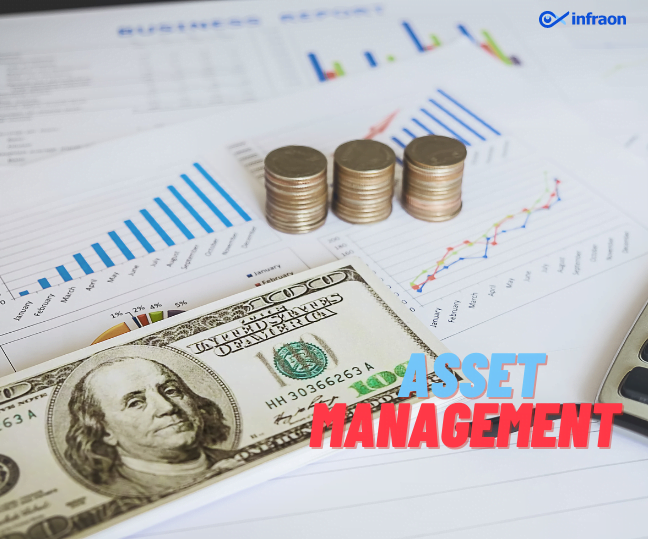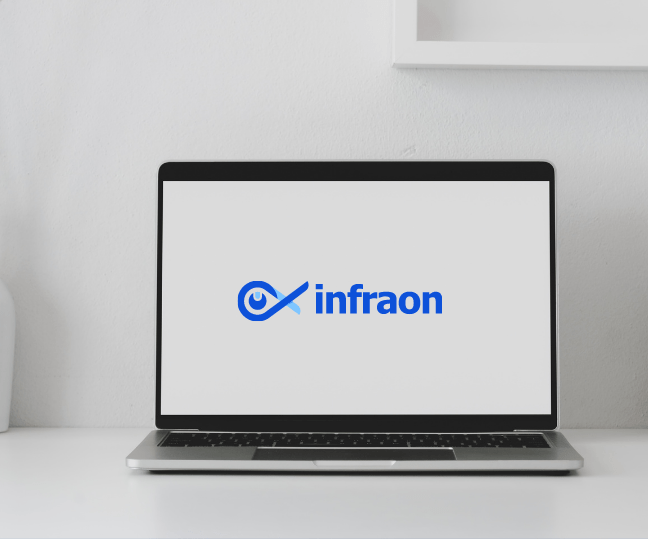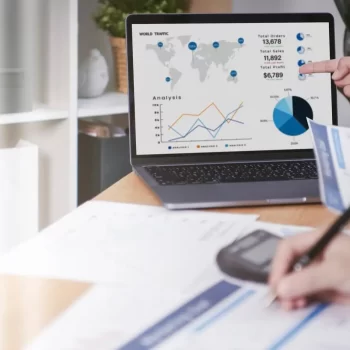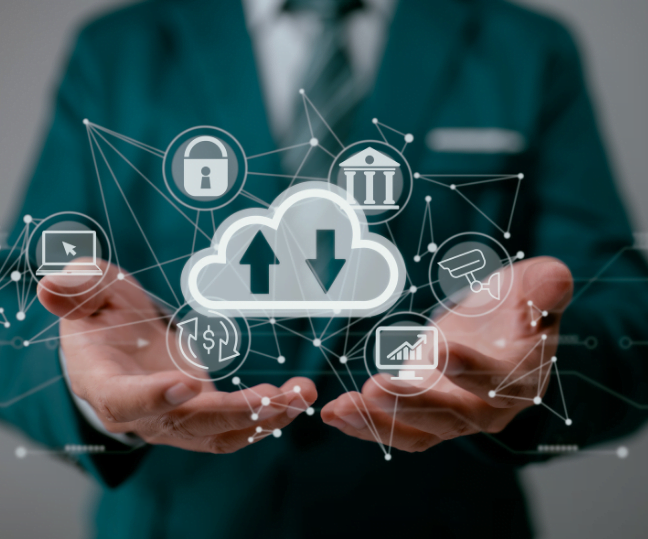For your business to be profitable, you should be able to invest in modern technology and tools. Asset management is a compelling investment for any business, but it can be confusing to know where to begin. In this article, we’ll introduce you to the different types of asset management that will be popular in 2023 so that you can start making important business decisions now.

What is asset management?
Asset management is identifying, acquiring, and maintaining assets to maximize their value to your organization. Assets can include physical objects, such as buildings and equipment, or intangible assets, such as intellectual property and goodwill.
Enterprises use asset management to ensure their assets are used efficiently and effectively. Asset management systems help enterprises track and manage their assets throughout their lifecycle. They can monitor asset utilization, performance, and maintenance and are critical to any organization’s operations. It helps organizations to make the most of their assets and ensure that they are being used in the most effective way possible.
Why your company needs asset management?
Asset management is essential for businesses for several reasons:
- It helps businesses keep track of their assets and ensure they are being used efficiently. It can help to save money and resources.
- Asset management can help businesses to prevent and resolve disputes over assets. It is especially important in the case of shared assets, such as equipment or office space.
- Asset management can help businesses to comply with regulations and legal requirements, such as health and safety regulations.
Asset management includes physical, financial, and HR:
- Physical asset management involves managing physical assets, such as buildings or machinery.
- Financial asset management involves managing financial assets like stocks or bonds.
- Human asset management involves managing human resources, such as employees or contractors.
Asset management is an important tool for enterprises of all sizes. Businesses need to choose the type of asset management that is right for them based on their needs and goals. It can help businesses to save money, prevent disputes, and comply with regulations.
In a rapidly developing digital age, it’s more important than ever to have a reliable and effective IT asset management solution in place – one that can keep pace with the constantly changing landscape. There are different approaches to asset management. Still, an effective solution will need to track and manage your organization’s assets (including hardware, software, and data), from procurement to disposal. It should also give you visibility into your entire asset portfolio, so you can make data-driven decisions about where best to invest your resources. In terms of specific features and functionality, here are some of the things we think will be essential for any software asset management tool in 2022 and beyond:
- A cloud-based platform: A cloud-based platform will offer greater flexibility and scalability than on-premise solutions, making it easier to keep up with changing demands. It will enable you to take advantage of the latest AI and machine learning developments.
- Integration with other systems: A best software asset management solution should integrate seamlessly with other systems used by your organization (such as CRM or ERP platforms). It will help reduce duplication of effort and ensure all relevant data is captured centrally.
- Mobile apps: With more and more employees working remotely, mobile apps will become increasingly important for managing assets on the go. Look for a solution that offers both iOS and Android apps.
- ‘Big data’ capabilities: As organizations continue to generate ever-larger volumes of data, big data analytics tools will become increasingly important for extracting valuable insights from this information overload. Ensure your chosen solution has powerful reporting capabilities that can efficiently handle large datasets.
- Artificial intelligence (AI) and machine learning: AI and ML technologies can automate many tedious and time-consuming tasks associated with asset management, such as data entry and reporting. It will free your team to focus on more strategic tasks, driving better business outcomes.
The different components of asset management
Asset management covers different disciplines and components of an industry. The most common and effective types of asset management are listed as follows:
- Strategic asset management is concerned with deciding which assets to invest in and how to best use those assets. This type of asset management requires a long-term view and an understanding of the company’s overall business strategy.
- Financial asset management is focused on maximizing the return on investment from a company’s assets. This type of asset management includes activities such as portfolio management, risk management, and financial analysis.
- Physical asset management is responsible for maintaining and upkeep a company’s physical assets. It includes ensuring that the assets are in good condition and properly maintained. It also includes planning for future replacement or repair of assets.
Enterprise asset management involves managing an organization’s fixed assets, including acquisition, operation, maintenance, and decommissioning. The physical assets that your enterprise owns are organized, integrated, and optimized throughout its entire lifecycle.
IT asset management covers any hardware and software that your enterprise owns. Physical devices your company owns, such as routers and computers, are included as well as intangible assets such as a SaaS subscription, patents or network infrastructure. It is a system that organizes, retrieves, and shares online and in-house information. With IT asset management, files become easily trackable, which saves time. Messaging and video meetings are securely conducted. It helps with duplicates, and it eliminates viruses. IT asset management solutions for modern organizations are necessary for every company that has undergone a digital transformation. Infraon Assets is one such comprehensive solution.

Optimize your assets with the Infraon Asset Management solution
The ideal asset management tool is a centralized solution to prevent poor asset spending, maintenance, and upkeep management. Siloed solutions can cost you time and money and provide. On the other hand, a comprehensive solution is centralized and works with a single source of truth. Infraon delivers a complete, integrated solution for asset management, including the following features:
- Hardware Asset Management (HAM): Simplified process of tracking and managing physical hardware assets throughout their lifecycle, from procurement to disposal. HAM aims to ensure that hardware assets are correctly utilized, accounted for, and maintained.
- Software Asset Management (SAM): Processes and policies used to track and optimize software assets within an enterprise. SAM provides visibility into an enterprise’s software inventory, licenses, and usage, which helps optimize spending on software, reduce compliance risk, and improve efficiency in managing software deployments and upgrades.
- IT Asset Management: Tracking, monitoring, and managing hardware and software assets throughout their lifecycle. It includes identifying and cataloging assets, assigning ownership, tracking location and usage, and maintaining accurate records. IT asset management helps organizations to optimize their investment in technology, reduce costs and improve decision-making.
- IT Lifecycle Management: Managing the complete lifecycle of an IT product or service. It includes all the activities and processes necessary to plan, design, develop, test, deploy, operate and maintain a product or service.
- Fixed Asset Management: Process of tracking and maintaining an organization’s fixed assets records. It includes ensuring that assets are correctly accounted for, maintained, and disposed of when no longer needed.
- Software Licence Management: Process of tracking, controlling, and managing software licenses within an organization. Effective software license management aims to optimize the use of existing licenses, prevent over-licensing and ensure compliance with licensing terms and conditions.
Conclusion
As enterprises grow, so does their asset inventory, requiring a fail-proof solution to track, monitor, and maintain all your assets. They also need a solution that will help future-proof their enterprise. Infraon asset management is your answer.

















